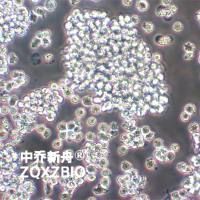The green fluorescent protein (GFP) from the Pacific Northwest jellyfish Aequorea victoria is a member of a small but important class of proteins that exhibit strong visible fluorescence without the requirement of cofactors or other enzymes. In vivo, the photoprotein aequorin binds dimers of GFP allowing the blue light emitted by aequorin to be converted to green light (1 ). This visible fluorescence emitted by GFP is made possible by an internal p -hydroxybenzylideneimidazolinone chromophore formed post-translationally by cyclization of Ser65, Tyr66, and Gly67 and 1,2-dehydrogenation of the tyrosine. A number of mutations have been made in GFP, most of which result in a partial or complete loss of fluorescence without significant change in relative absorption or emission peaks. These mutations probably cause misfolding of the protein, failure of chromophore formation, or quenching of the fluorescence by insufficient shielding. A few mutations, however, have resulted in enhanced GFP spectra, increased brightness, a slower rate of photobleaching, or a spectral shift resulting in the emission of a different color, such as blue, yellow, or cyan. These GFP variants emitting new colors are thus called blue fluorescent protein (BFP), yellow fluorescent protein (YFP), and cyan fluorescent protein (CFP) (2 ).






